Can a Trommel Screen Really Separate Trash?
Effective waste management is a key challenge that municipalities and industries face worldwide. Technologies that can efficiently sort and process waste are essential to maximizing recycling rates and minimizing landfill waste. One of the most widely used machines in waste processing plants is the trommel screen, a cylindrical screening device that sorts materials based on size. But how effective is a trommel screen in separating trash? This article will delve into the mechanics of trommel screens, their advantages, limitations, and their role in waste management and recycling.
What is a Trommel Screen?
A trommel screen, also known as a rotary screen or drum screen, is a mechanical device used to separate solid waste based on size. It consists of a large, rotating cylindrical drum with perforated openings, through which materials are fed. As the drum rotates, smaller particles fall through the holes in the screen while larger items move to the end of the drum for further processing or disposal.
Trommel screens are commonly used in various waste management applications, including municipal solid waste (MSW), construction and demolition (C&D) waste, compost production, and in mining and aggregate processing.
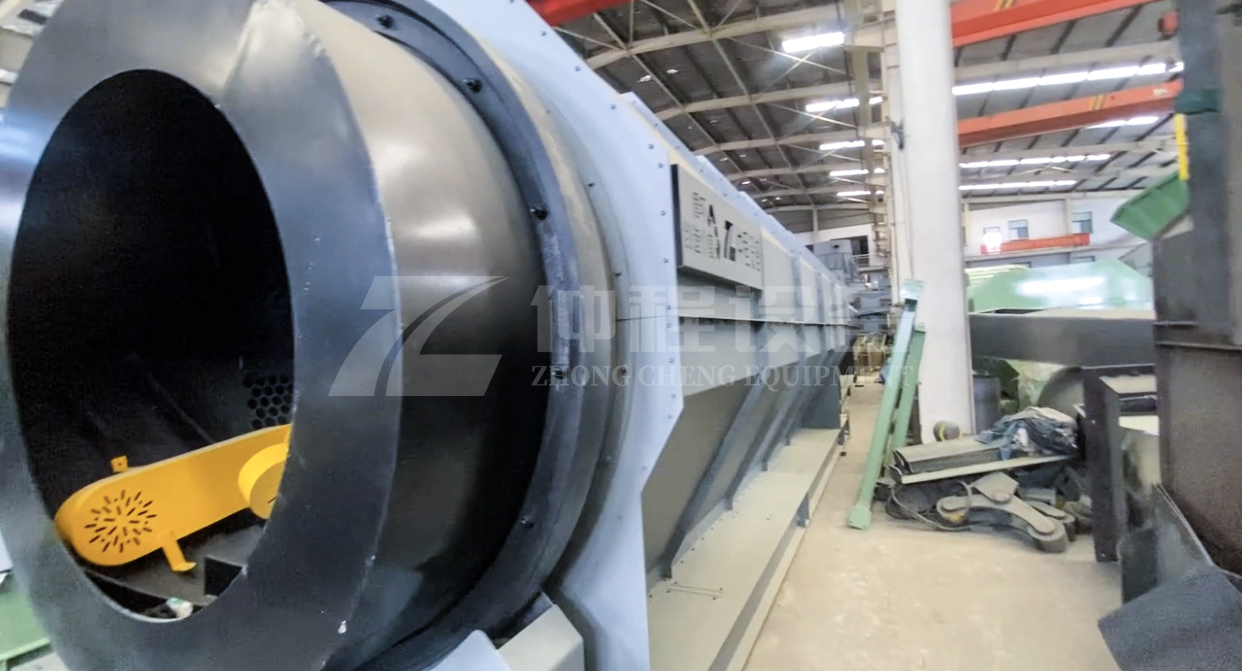
How Does a Trommel Screen Work?
The working principle of a trommel screen is relatively straightforward, yet highly effective:
Feeding the Material: The mixed waste material is fed into one end of the rotating drum. The feed can consist of a variety of materials, including organic waste, metals, plastics, glass, and other debris.
Rotation and Agitation: As the drum rotates, the material inside is continuously lifted and dropped. This action helps to break down any clumps and encourages the separation of particles based on their size.
Screening: The drum has perforated holes of varying sizes that allow smaller particles to fall through while larger materials continue to move along the drum's length. The size of these holes can be customized based on the specific requirements of the sorting process.
Discharge: The separated fractions exit the trommel screen through different outlets. The smaller particles, known as undersized materials, pass through the screen and are collected in one area, while the larger items, or oversize materials, are discharged at the end of the drum.
Advantages of Using a Trommel Screen
1. Efficient Size-Based Sorting
One of the primary benefits of using a trommel screen is its ability to sort materials efficiently based on size. This feature is particularly useful when dealing with mixed waste streams, as it helps to separate fine materials like soil, sand, and compost from larger items such as plastics, metals, and stones.
2. Versatility
Trommel screens are highly versatile and can be adapted to handle a wide range of materials. They are widely used not only in waste management but also in industries like mining, agriculture, and aggregate production. The flexibility to handle different types of waste streams makes trommel screens a valuable asset in various applications.
3. Low Maintenance and Durability
Trommel screens are designed with durability in mind. They have relatively simple mechanical structures with few moving parts, which means they are less prone to mechanical failure compared to other screening machines. This makes them a cost-effective and low-maintenance option for long-term waste processing operations.
4. Scalability
The modular design of trommel screens allows them to be easily scaled up or down to match the size and volume of the operation. Whether you need a compact unit for a small recycling facility or a large trommel for an industrial-scale operation, the equipment can be customized to meet specific needs.
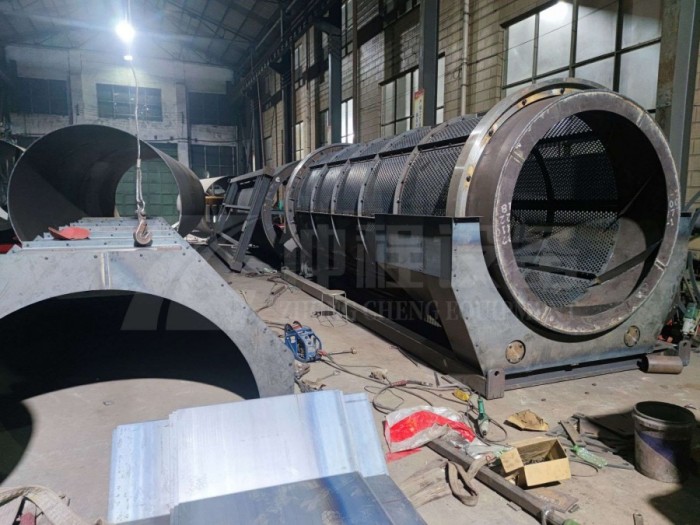
Limitations of a Trommel Screen
1. Limited Precision in Separation
While trommel screens are effective for size-based sorting, they are less precise when it comes to separating materials of similar sizes but different compositions. For example, a trommel might struggle to differentiate between pieces of plastic and metal that are similar in size.
2. Clogging with Wet or Sticky Materials
Wet or sticky waste can pose a challenge to trommel screens, as it tends to clump together and adhere to the screen, reducing its efficiency. Materials like wet soil, clay, or compost can clog the perforations, leading to reduced throughput and the need for frequent cleaning.
3. Lower Throughput Speed
Compared to other screening technologies like vibratory screens or ballistic separators, trommel screens generally have a lower processing speed. This is due to the drum's rotation speed, which limits the rate at which materials can be fed through the system. In high-volume operations, this might lead to bottlenecks.
4. Space Requirements
Trommel screens are typically large pieces of equipment, requiring significant floor space for installation and operation. This can be a drawback for facilities with limited space or those looking to integrate the trommel into existing processing lines without extensive modifications.
Applications in Modern Waste Management
Trommel screens play a crucial role in modern waste management and recycling processes. They are frequently used in material recovery facilities (MRFs) to sort municipal solid waste into different fractions. By separating organic materials from recyclables and non-recyclables, trommel screens help increase the efficiency of recycling operations and reduce the volume of waste that ends up in landfills.
In composting operations, trommel screens are used to refine the compost by removing contaminants and oversized materials, ensuring a high-quality end product. They are also used in the construction industry to sort debris from demolition projects, separating fine particles from larger construction materials.
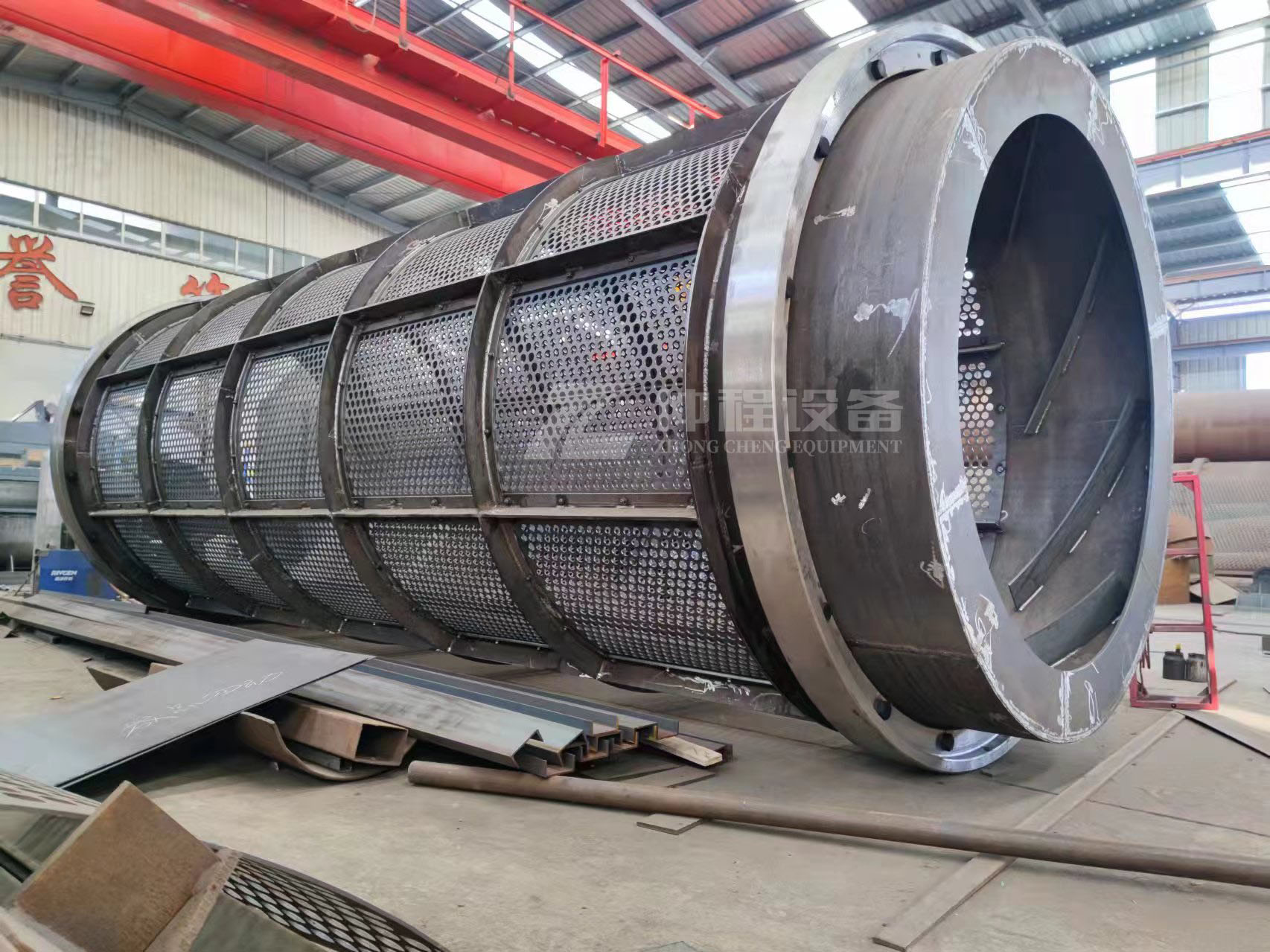
Are Trommel Screens Really Effective at Separating Trash?
Yes, trommel screens are highly effective at separating trash based on size. Their ability to handle a wide range of materials makes them a versatile tool in the waste processing and recycling industries. However, the effectiveness of a trommel screen largely depends on the characteristics of the material being processed and the specific requirements of the sorting operation.
For dry and well-mixed waste streams, trommel screens perform exceptionally well, offering high levels of separation efficiency. However, for waste that contains a lot of moisture or fine particles, additional equipment such as air classifiers or vibratory screens may be needed to achieve optimal results.
Conclusion
Trommel screens are a powerful tool in the arsenal of waste management technologies, capable of efficiently separating materials based on size. While they may have limitations in dealing with wet or similarly sized items, their versatility, durability, and low maintenance make them an invaluable asset in recycling and waste processing operations. By combining trommel screens with other separation technologies, waste management facilities can enhance their efficiency, reduce landfill waste, and contribute to a more sustainable recycling ecosystem.
-
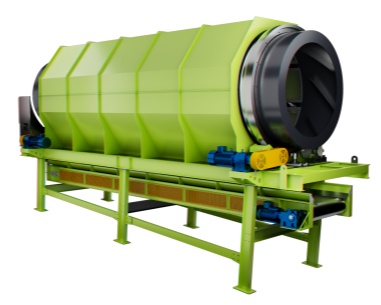 Trommel screenTrommel screen, also known as drum screens, are widely used in various industries for sorting and separating materials.Get Quote
Trommel screenTrommel screen, also known as drum screens, are widely used in various industries for sorting and separating materials.Get Quote -
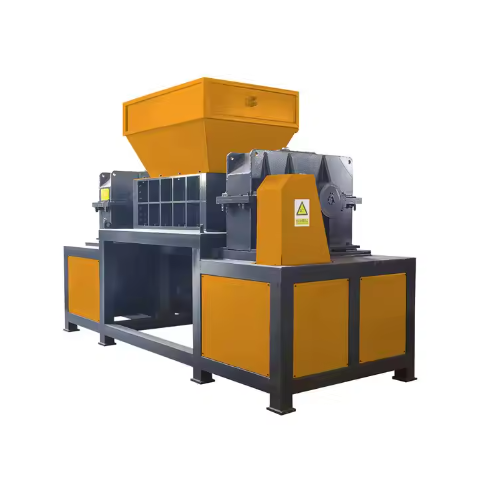 Crop straw double shaft shreddApplications:Biomass Energy Production: Shredded straw can be used as a feedstock for bioenergy plants to produce electricity or heat.Livestock Feed: Reduced-si...Get Quote
Crop straw double shaft shreddApplications:Biomass Energy Production: Shredded straw can be used as a feedstock for bioenergy plants to produce electricity or heat.Livestock Feed: Reduced-si...Get Quote -
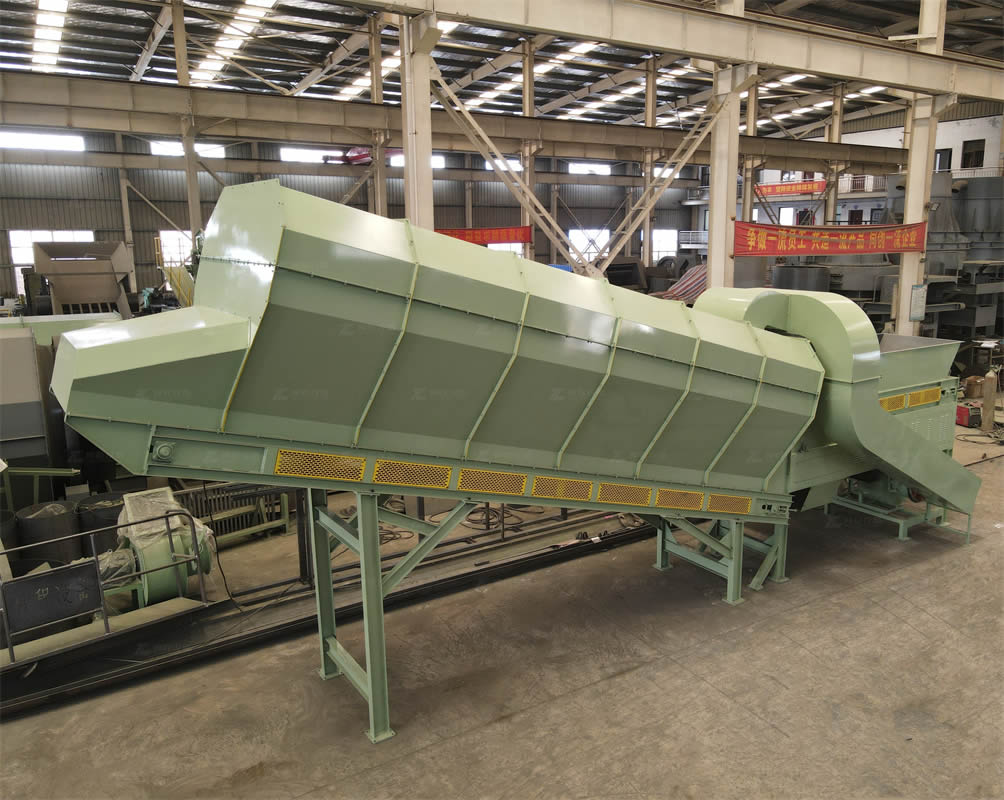 Zhongcheng Air Drum SeparatorAir drum separators effectively separate lightweight materials (e.g., plastics, paper) from heavier materials (e.g., metals, glass). This high efficiency is cru...Get Quote
Zhongcheng Air Drum SeparatorAir drum separators effectively separate lightweight materials (e.g., plastics, paper) from heavier materials (e.g., metals, glass). This high efficiency is cru...Get Quote
-
2023-01-12Horizontal Semi-Auto Hydraulic BalerSemi automatic balers are used across the logistics, recycling and manufacturing sectors to process large volumes of waste materials such as cardboard, film, pa...
-
2024-04-25Recycling Finger ScreensFinger screen is a type of screening equipment used to separate materials based on size. Unlike traditional screens, finger screens consist of a series of paral...
-
2024-06-08Five factors influencing the output of a drum screen.The input efficiency and separation efficiency of the drum screen are controlled by the screen hole size, drum screen diameter, rotation speed, baffle type and ...
-
2024-06-07Zhongcheng Air Drum Separator in MSWAir drum separators effectively separate lightweight materials (e.g., plastics, paper) from heavier materials (e.g., metals, glass). This high efficiency is cru...
-
2024-07-09Recycling Balers-Safe,Easy-To-Use and affordableThe operating principle of a strapping machine primarily involves the following steps:1.Item Positioning:Firstly, the item to be strapped must be placed accurat...



